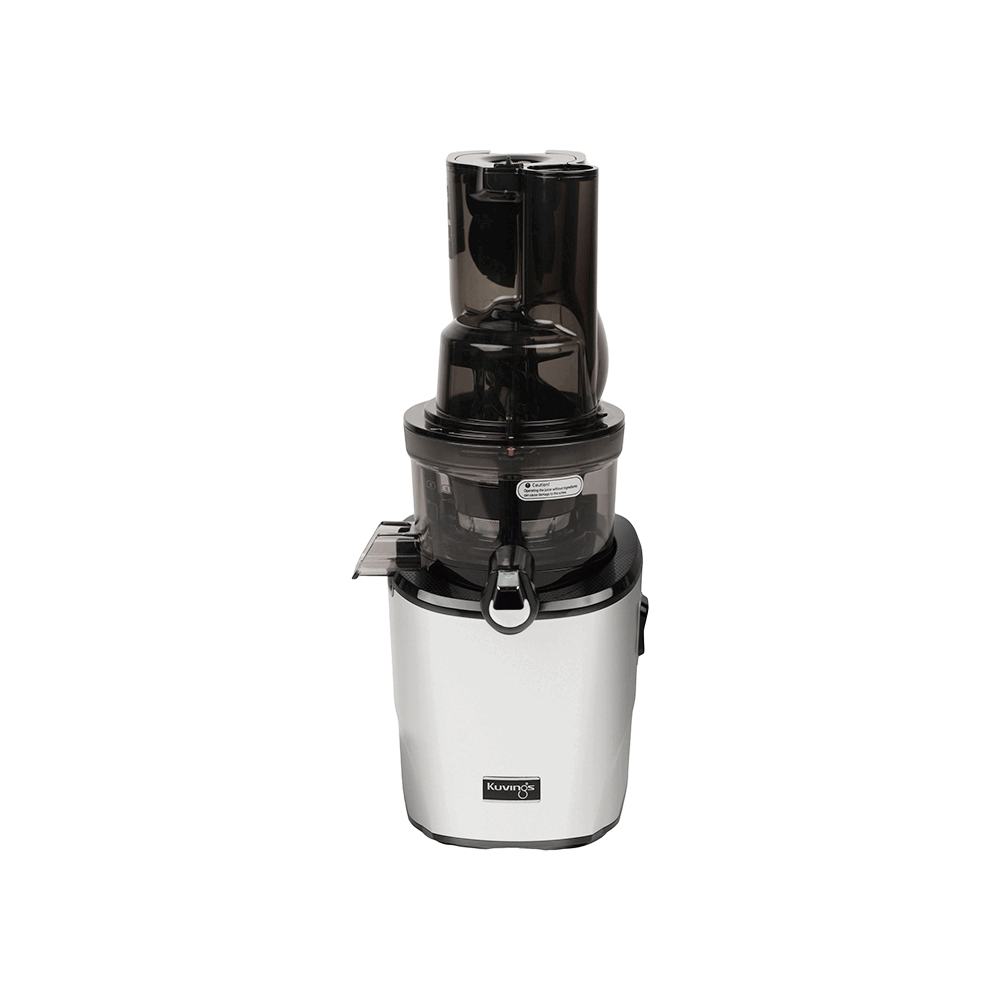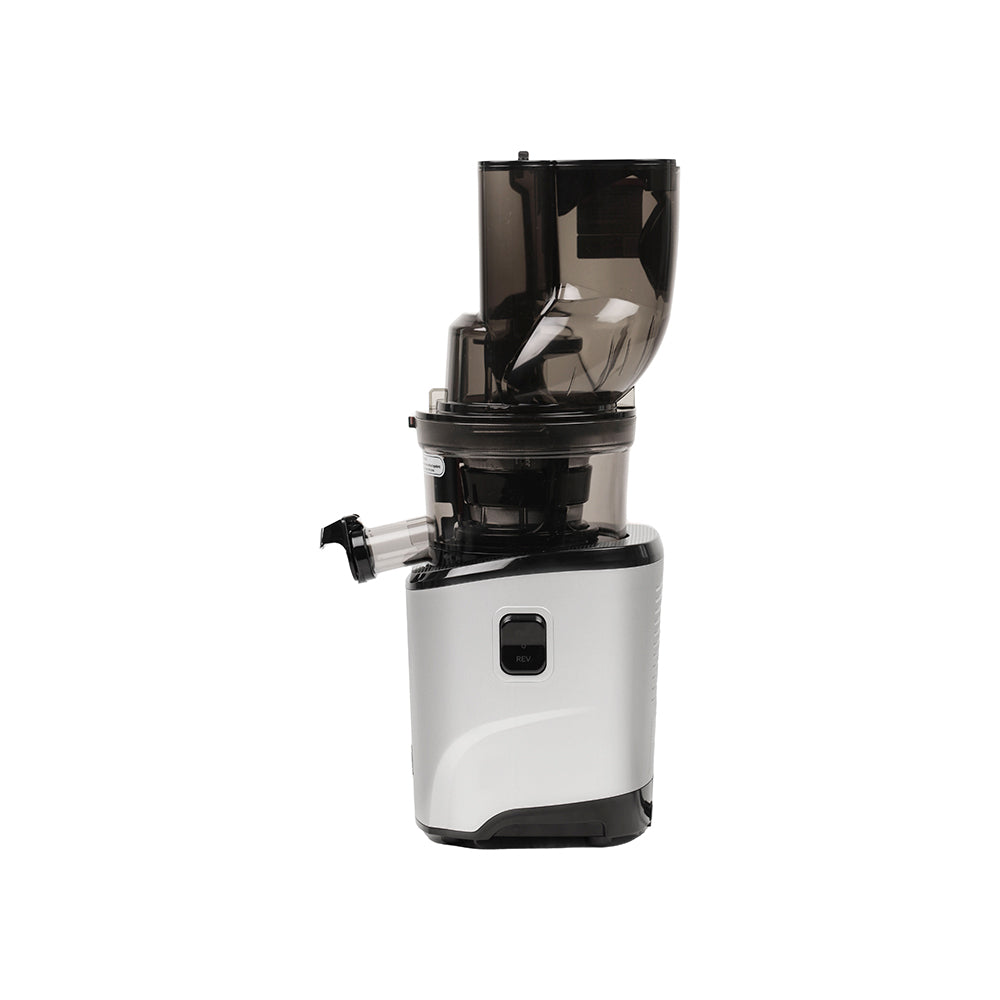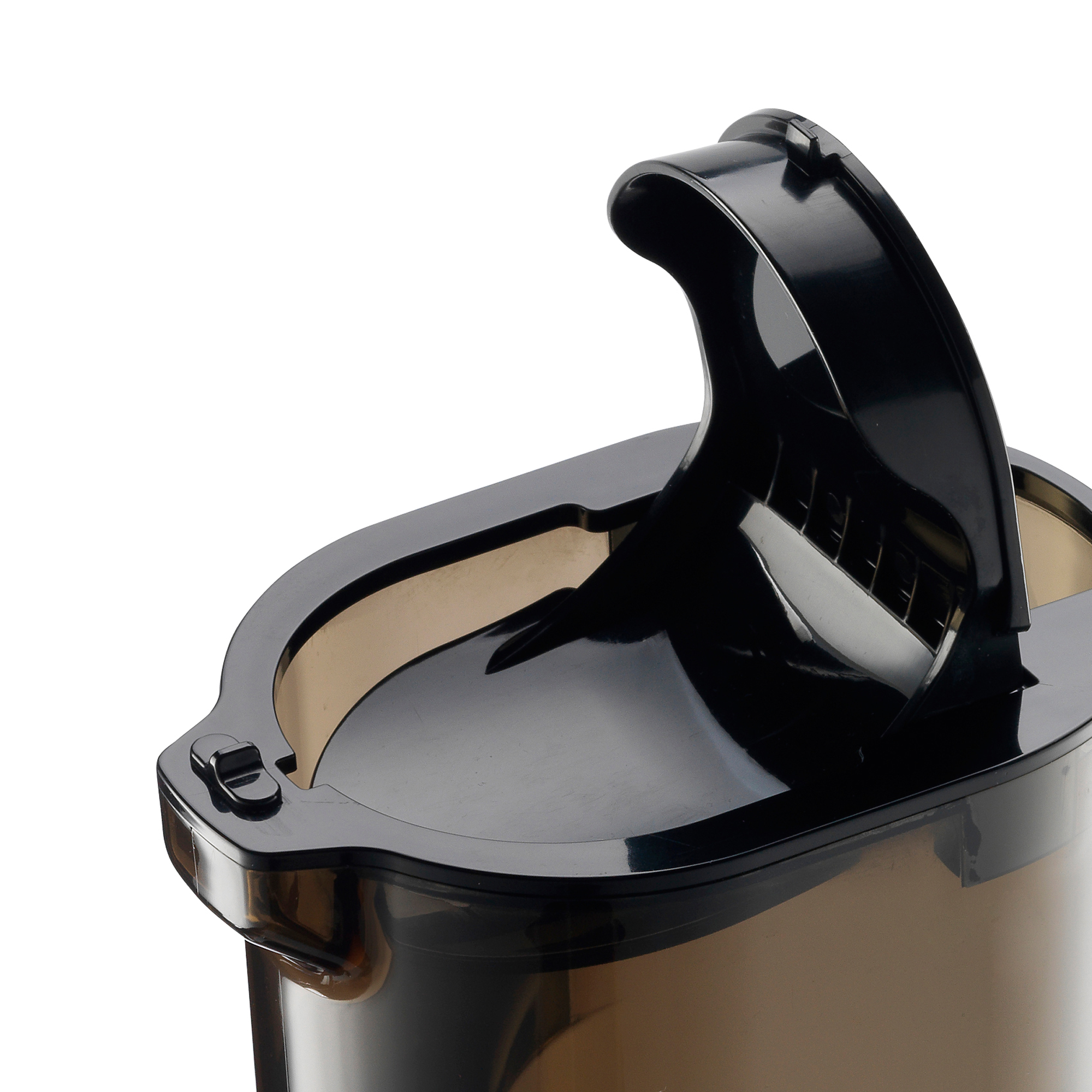Gourd is another garden vegetable that is popularly eaten. It is a vegetable that grows easily. Can be eaten all year round. Gourd (Ivy gourd) , Khadao, Kaeb vegetable, Tanin vegetable. Gourd is a vegetable that provides low energy and has high nutritional value. It contains beta-carotene ( carotene) , which is a source of vitamin A and vitamin C. Calcium, protein and dietary fiber in Thai folk medicine textbooks Gourd roots are used to cure blemishes in the eyes, cure eye diseases, and extinguish all poisons. Treats all kinds of fevers and diabetes. Parts of the plant are used to eliminate body odor. The juice from the tree is used to treat diabetes. The leaves are used to relieve fever, extinguish heat, neutralize all poisons, relieve itching, and cure insect bites and stings. It is a medicine for skin diseases, cures diabetes, and the fruit is used to treat red boils. In India and Bangladesh, the roots and leaves are used to treat diabetes. A study of the chemical composition found that
The leaves contain beta-carotene. Beta cytosterol ( sitosterol) , polyprenol ( polyprenol) , vitamin C, vitamin E, vitamin K, tannins, protein, potassium
The fruit contains cucurbitacin B, the same compound as bitter melon, beta-carotene, lycopene ( lycopene) , cryptoxanthin ( cryptoxanthin), beta-cytose. Terol, daucosterol (daucosterol ) , taraseron ( taraxerone) , taraxerol ( taraxerol), lupeol (lupeol) , beta-amyrin ( amyrin ) , vitamin C, fiber, protein and P. pectin
The roots contain coccinioside K ( coccinioside-K) , lupeol, beta-amyrin, beta-cytosterol.
The seeds contain fatty acids, including palmitic acid , oleic acid, and linoleic .
From the properties of Thailand and foreign countries, it is found that Gourd is able to treat diabetes. There are studies on the pharmacological effects of gourd that support the properties of the gourd in treating diabetes. The study was conducted in both normal and induced diabetic laboratory animals. And almost every part of the gourd was used in the study, including leaves, fruits, vines, above-ground parts, and roots, etc. It was found that the gourd had an effect on lowering blood sugar as well as or better than modern medicine. The gourd stem extract has the effect of stimulating the delivery of glucose into the cells. increase insulin levels Causes an increase in the synthesis of glycogen. and reduces the conversion of glycogen to glucose, resulting in lower blood sugar levels In addition, extracts from the leaves and above-ground parts are also effective in reducing fat.
For clinical studies in patients with early stage diabetes. (Blood sugar level 110-180 mg/dl.) which received an extract with 50% alcohol from the leaves and fruits, dose 1 g./day for 90 days, found that the patients had blood sugar levels after fasting. Meals for 8 hours ( fasting blood glucose) and after eating for 2 hours ( postprandial blood glucose) decreased by 16 and 18 percent , respectively, and also had an effect on reducing the average accumulated blood sugar ( HbA1c) but had no effect on lipid levels. blood and has no harmful side effects When diabetic patients were given 3 tablets of dried powder from gourd leaves each time (dry powder/tablet quantity not specified) 2 times a day for 6 weeks, then they performed an oral glucose tolerance test by giving glucose. 50 g. Measure blood sugar levels before and after testing. It was found that the patients had better glucose tolerance and did not experience any abnormalities in their body weight. Hematological values The enzymes aspartate transaminase ( aspartate transaminase) , alanine transaminase ( alanine transaminase) , urea, and the kidneys of patients and in diabetic patients who consume gourd extracts (Part used and solvent not specified) at a dose of 500 mg/kg/day for 6 weeks. It was found that the extract had an effect on reducing the levels of enzymes involved in the glucose breakdown process, including glucose- 6- phospha. test ( glucose-6-phosphatase) and lactate dehydrogenase ( lactate dehydrogenase) and increase the level of the enzyme involved in the breakdown of fat, namely lipoprotein lipase ( lipoprotein lipase), indicating that the extract Gourd acts similar to insulin in inhibiting sugar production and stimulating the breakdown of fat, which helps control blood sugar levels in patients. A study of healthy volunteers who ate a breakfast consisting of 20 g of gourd leaves mixed with coconut and salt. Then, a sugar tolerance test was performed. By eating 70 g. of glucose and measuring the blood sugar level. It was found that gourd leaves were effective in reducing blood sugar levels in the volunteers.
Information from research studies It can be seen that gourd has the effect of reducing blood sugar. And it is another herbal plant that has the potential to be used to treat diabetes. Although there are not many research reports on people, But using it in folk form and eating It may help people with diabetes to control their blood sugar levels. And that is for sure. Benefit from various nutrients That is also in the gourd.































































